Château de Saint-Martin is a lovely 100-hectare estate with 50 hectares of vineyards. History is prevalent there.
Back in the 1st century BC, the Romans – pioneers of winegrowing in Gaul – founded one of the very first wine-growing estates in France.
From the 10th to the 18th century, the Lérins monks turned it into a wine-growing priory, and a superb underground cellar, built in the 12th and 16th centuries, still in use today.
Since 1740, the same family of French nobility has handed the Château down from one generation to the next, and especially from one woman to the next. The only man to have been at the head of Château de Saint-Martin was Count Edme de Rohan-Chabot, a well-known figure in the world of wine. Now, Adeline de Barry, his granddaughter, the current owner of Château de Saint-Martin, wants to share that rich historical past via her wines.
One of the first major wine and olive growing estates in France
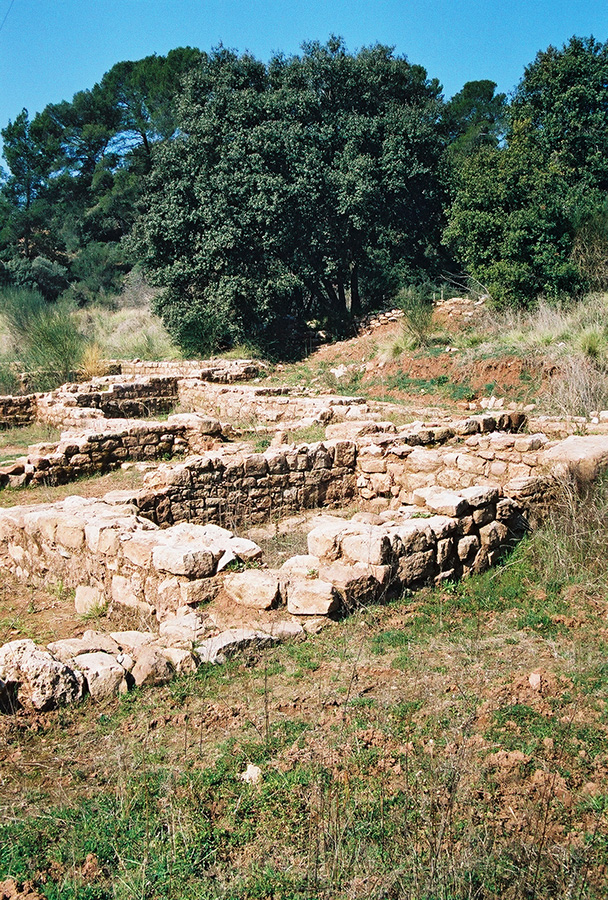
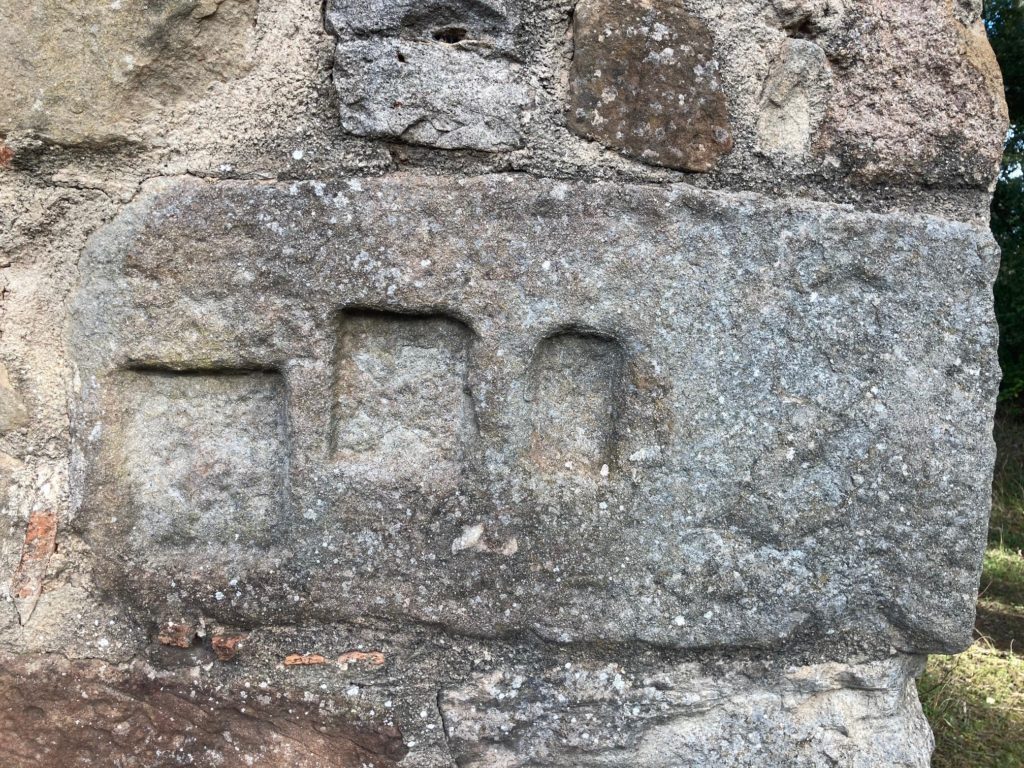
Geometric shapes carved in stone and a sacrificial stone were found on the Saint-Martin grounds, testifying to the presence of a civilisation dating back to prehistoric times.
The Gallo-Roman Villa: Valerius, a senior officer in the famous Legio VIII Augusta (Augustus Eighth Legion of the Imperial Roman army) appears to have been the first owner and winegrower in Saint-Martin, an exceptional piece of land that was given to him by the Emperor Caesar in 48 BC, in gratitude for his honourable services. He built one of the first major olive-growing estates in France.
With a surface area of 10,000m², the outstanding Gallo-Roman architectural complex – still visible today – was inhabited for 8 centuries, thus testifying to the attractiveness of the place and its wine-growing area for the Roman pioneers and their descendants. The size of the wine-making facilities attests to the already-incredible influence of the Saint-Martin wines back in that era.
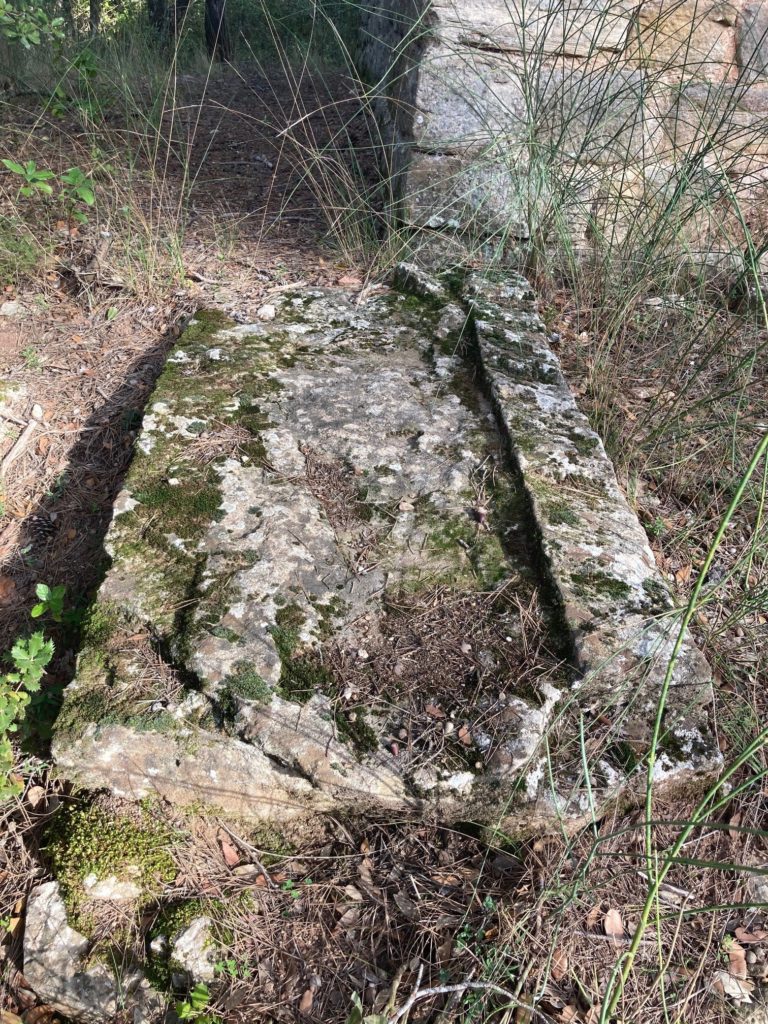
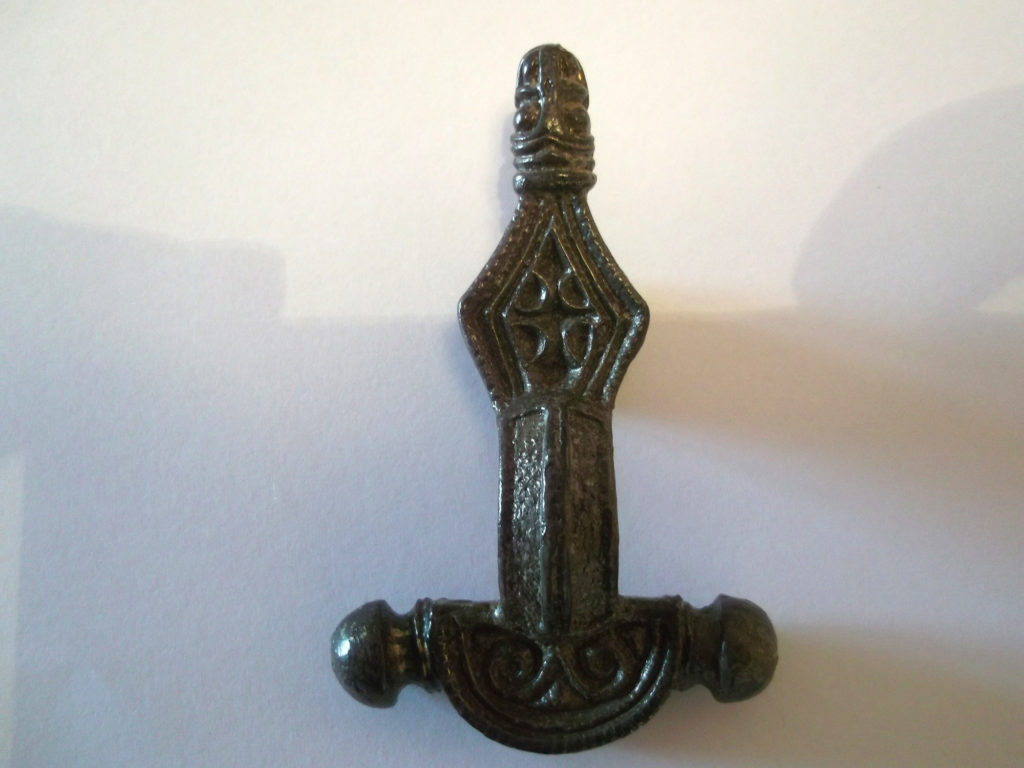
The Roman presence was followed by a Merovingian presence, confirmed during the excavation and restoration of the chapel in 1950 by Count Edme de Rohan Chabot. A fibula and dated bones are now carefully preserved behind the altar of the chapel.
From the 10th to the 18th century, Saint-Martin was a wine-growing priory, in which various religious congregations, all dependent on the order of Saint Victor in Marseille, succeeded one another. In 1323, Pope John XXII donated the priory to the nuns of La Celle Roubaud and the monks of Lérins, who were great builders and gave a new lease of life to the estate’s wines.
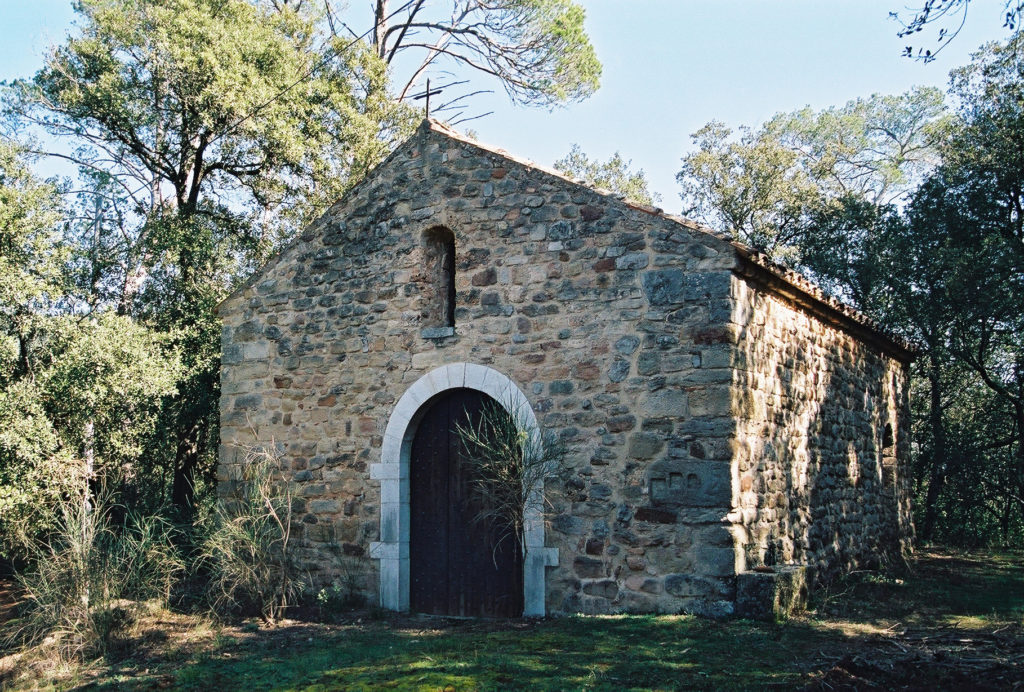
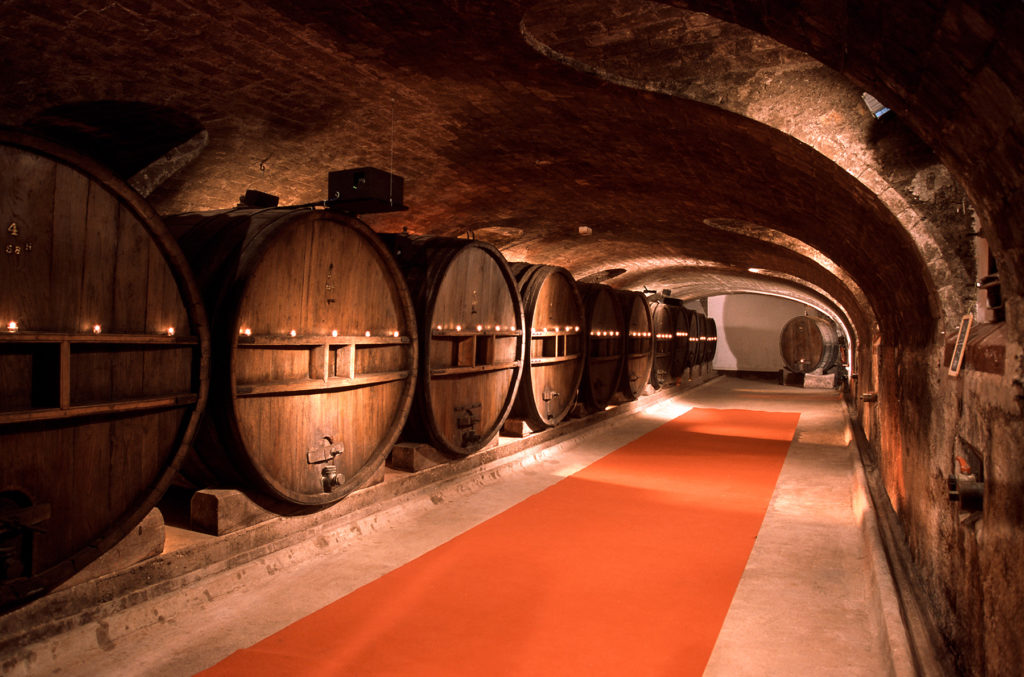
The cellar is remarkable for its elliptical arch, its double openings, and the cut of the stones, which are very evenly set like in Roman buildings.
The history of the estate can also be told in the feminine, with both strong-minded and kind women… In 1740, the monks’ former priory was bought by the Marquis de Villeneuve Bargemon, who had the Château built as a dowry for the marriage of his daughter Anne Marie to the Count of Juigné. Since 1740, the Château has almost always been passed down from one Countess to another, with the exception of the Count of Rohan-Chabot, a well-known figure in the world of wine and grandfather of the current owner Adeline de Barry, who represents the family’s 11th generation.

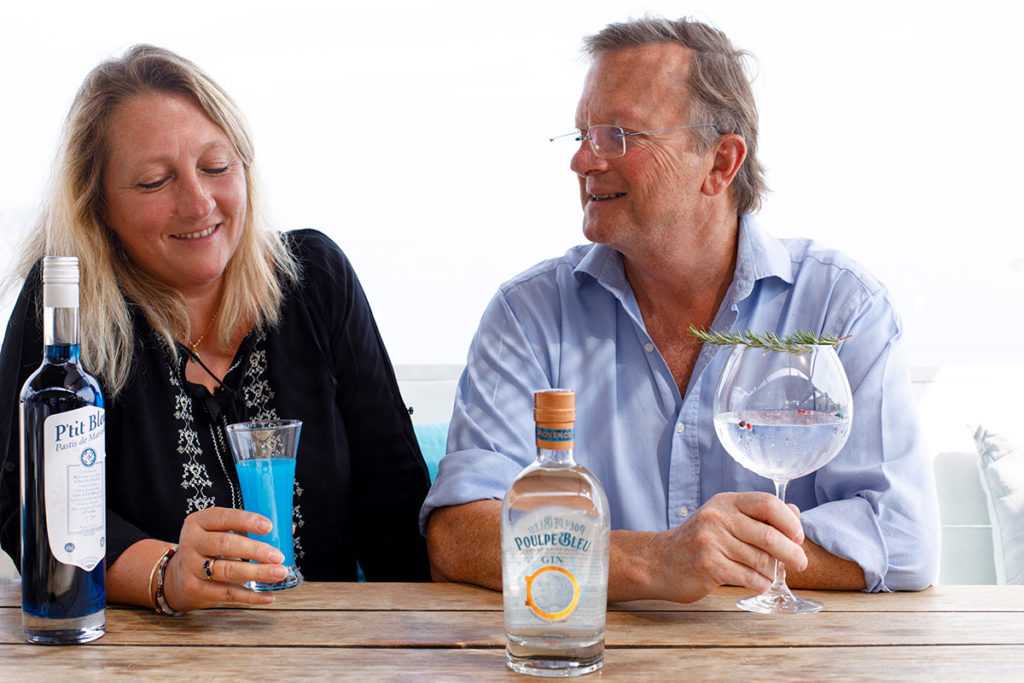
In 2018, Adeline and Renaud de Barry brought the Liquoristerie de Provence back into the family fold. It is a premium artisanal company that produces absinthes, pastis, liqueurs and spirits on the Château de Saint-Martin estate.